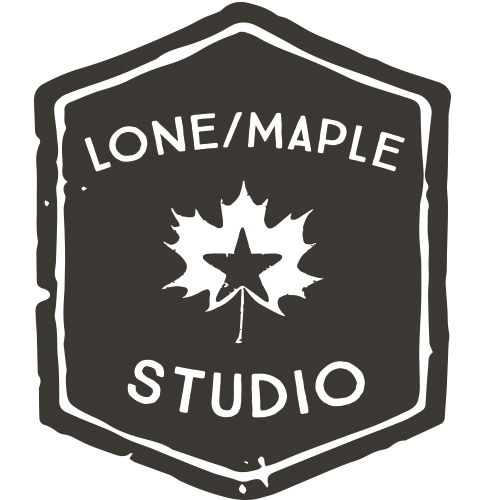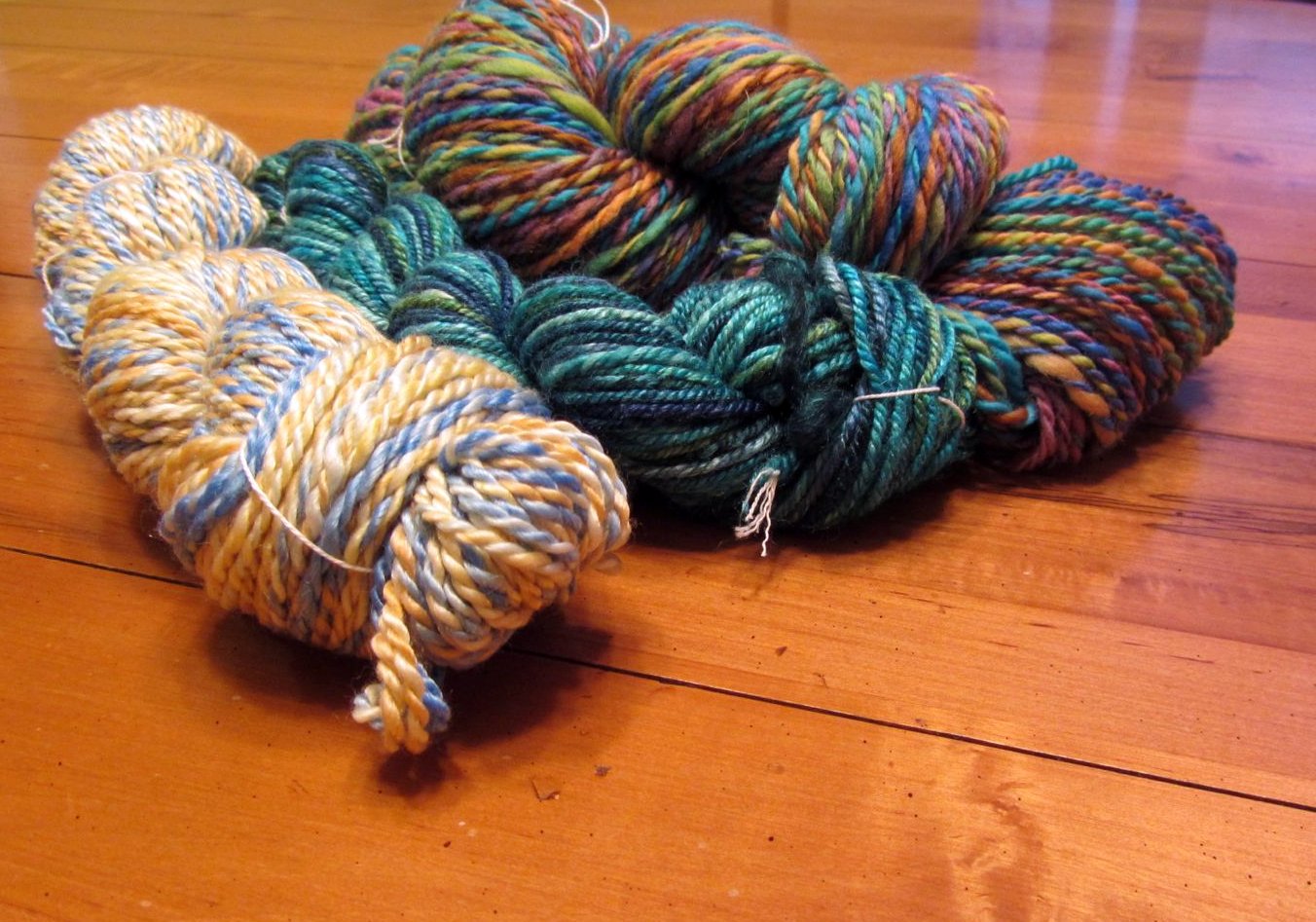My wheel hasn't been seeing much attention recently. Over the past few months I have finished a few different yarns.
I have been trying different techniques, and I think I am starting to get a handle on chain-plying (also known as Navajo or N-plying). I used this technique on the silk/merino blend I picked up a year ago from The Purple Sock in Coldwater. It was a 50 gm combed top from Fleece Artist. The color was amazing, but like with the purple top I got from them at the same time I found that the way it was packaged meant a whole bunch on both end were really felted before I even began. Also, being dyed up in 50gm units, make it tough to actually get enough yardage to make anything.
By contrast the combed top I got from Gale's Art, an indie dyer from Georgia, (I love her stuff and have stashed quite a bit of it in the past year), came nicely packaged, easy to draft and a dream to spin. This one was a Polwarth, dyed up in a colorway called Spring Fever. Gale keeps it around with her luscious BFLs (have some of those) and her Alpaca/Silks (which I don't). I found it was easy to spin a semi-woolen yarn, something I have not had much success with yet. This one I tried a fractal plying technique.
I couldn't find a good explanation of fractal plying, so I pieced the notion together from references on Ravelry and a variety of blogs. Basically, when you have a combed top you make sure each bobbin has color changes at different rates. This is accomplished by making thinner strips, which makes the color switches happen faster. There are mathematical ways to do this, however I just split the roving until half was significantly thinner.
I fractal plyed both the Corrie and the Merino/Tencel top I got from bohoknitterchic, and I found the color distribution worked better on the Corrie, however, it ended up giving a nice effect on the Merino/Tencel.
After having such a stickey, lofty fiber like the Corridale, I found the Merino/Tencel not as much fun to spin. I spun it worsted to highlight the shine of the tencel in the top. After trying different breeds I find myself drawn more towards the more rustic longer wools for spinning rather than soft, fluffy merino. I like knitting with Merino, but I enjoy having a connection to the more rustic, sheepy heritage of spinning and yarn.
If you want to know more about sheep breeds and what that means for spinning and knitting check out The Knitter's Book of Wool, it is a great resource that I have raved about before. However, if like me you want to know more, check out the Fleece and Fiber Sourcebook. This resource is amazing and has more information about fleece bearing animals around the world that can be imagined.
After the craziness of the last few weeks I am hoping that Christmas (no Thanksgiving weekend here in Canada *pout*) will afford me some time to sit down at my wheel and get my hands on some fiber, because they are itching for it.



